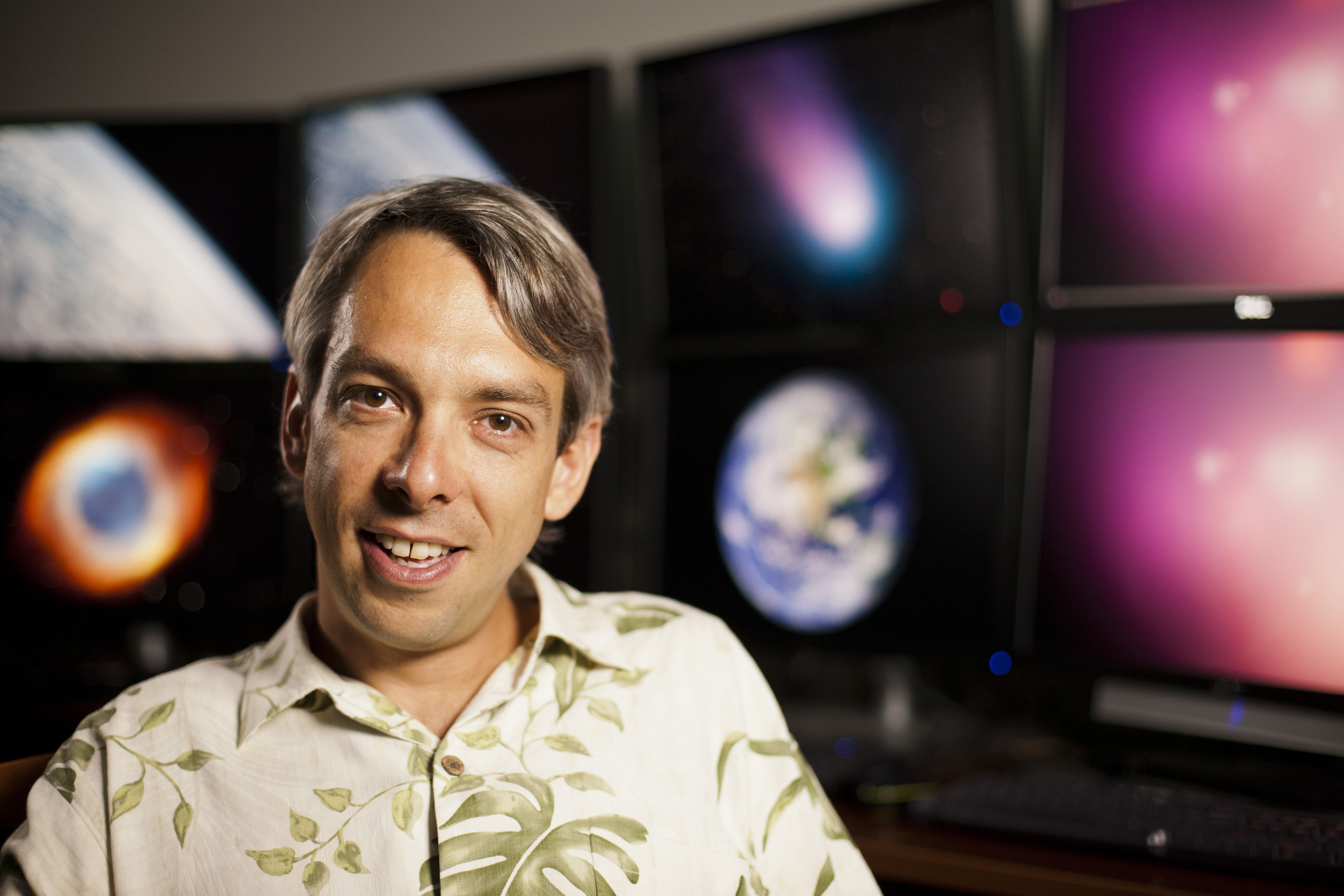| CIERA Spring Interdisciplinary Colloquium 2016 |
| Apr. 7 11:00 am McCormick Foundation Center Forum This event is free and open to the public. No RSVP or ticket required. |
Roger F. Malina
 How an Astrophysicist Came to Work in a School of Art and Technology: The arts and astronomy have a long millennial history of interaction and cross fertilization. I began my career in Physics (Space Astronomy) and was the Principal Investigator on the NASA Extreme Ultraviolet Explorer Satellite (EUVE); EUVE carried out the first maps of the sky in the extreme ultraviolet. At the same time I had a career in the arts, first as editor of the Leonardo art-science-technology publications at MIT Press, but also as an organizer as numerous artists residencies in scientific laboratories including the Space Sciences Lab at UC Berkeley, the Laboratoire dAstrophysique de Marseille, and the Mediterranean Institute for Advanced Studies in France. I recently opened the UT Dallas ArtSciLab, which includes visual mathematics projects on gravitational waves, and data visualization and sonification of data from the CSTAR telescope in Antarctica, but also fMRI data on the human brain. In this talk I will discuss the current international interest in cross fertilizing the arts and sciences, and arts and new technologies (sometimes called the STEM to STEAM movement in the USA , and the STARTS initiatives in Europe). I will draw on the NSF funded study which led to the report Steps to an Ecology of Networked Knowledge and Innovation: Enabling New Forms of Collaboration among Sciences, Engineering, Arts, and Design." |
| CIERA Winter Interdisciplinary Colloquium 2016 |
| Feb. 3 2:00 pm Ford ITW Classroom Co-hosted by McCormick's Department of Electrical Engineering and Computer Science as the EECS Distinguished Speaker |
Olivier Guyon
 Photo credit: John D. & Catherine T. MacArthur Foundation Imaging and Characterizing Habitable Exoplanets with Thanks to significant recent advances in high contrast imaging techniques, the next generation of space and ground telescopes will have the capability to image habitable planets around nearby stars. Space telescopes operating at visible wavelength can deliver the contrast level necessary to image Earth-like planets around nearby Sun-like stars. The next generation of telescopes (25-40m diameter) offer the angular resolution to resolve the habitable zones of nearby M-type stars and image habitable planets around these stars. Both approaches share similar fundamental challenges and technical solutions, yet will provide valuable complementary measurements. I will describe current efforts to develop the high contrast imaging technologies, and show how the Subaru Extreme-AO (SCExAO) instrument on the Subaru Telescope 8-m telescope is playing a key role as a prototyping/technology validation platform. |
| CIERA Fall Interdisciplinary Colloquium 2015 |
| Nov. 10 4:00 pm Tech F160 |
Dennis Lehmkuhl 
What Einstein Really Thought About General Relativity We are often told that General Relativity tells us that the gravitational field is nothing but an aspect of spacetime structure: gravitation supposedly is geometry. Modern textbooks claim that this is a direct result of the theory. However, recent historical research shows that Einstein himself did not believe this; indeed, he actively opposed this interpretation of General Relativity. In this talk, I will describe Einstein’s own interpretation of general relativity, how it evolved between 1912 and the late 1920s; and ask whether we can still learn something from Einstein’s interpretation that is not “just” of historical interest. |
Past CIERA Interdisciplinary Colloquia